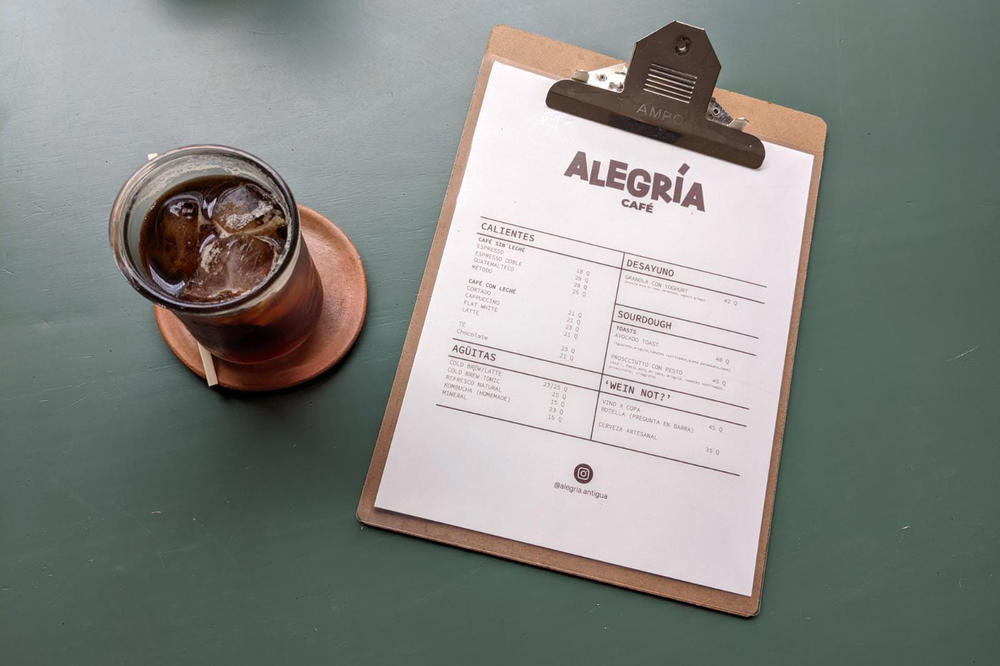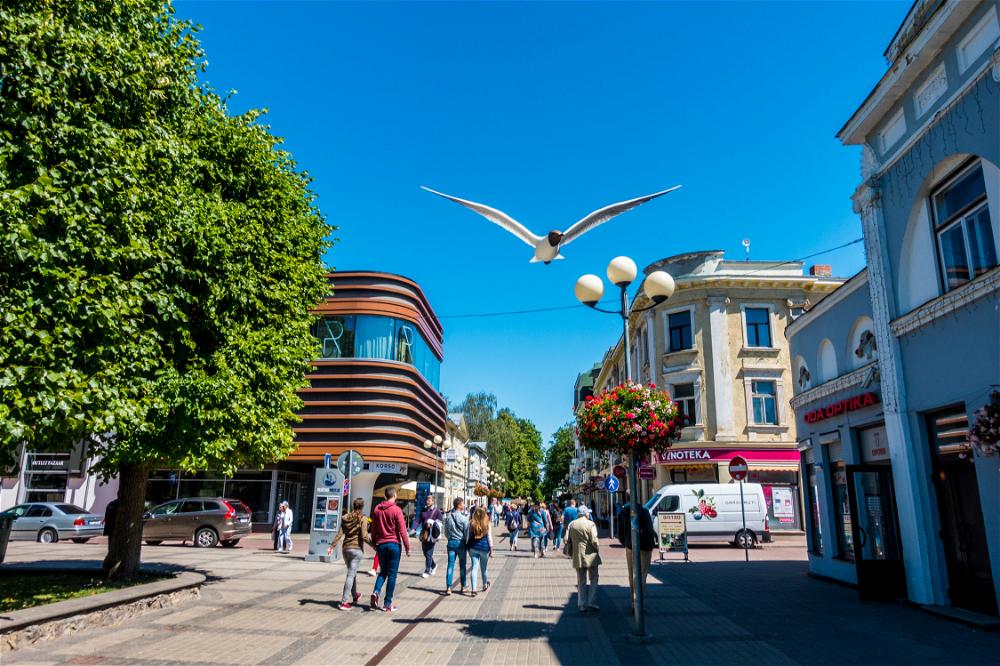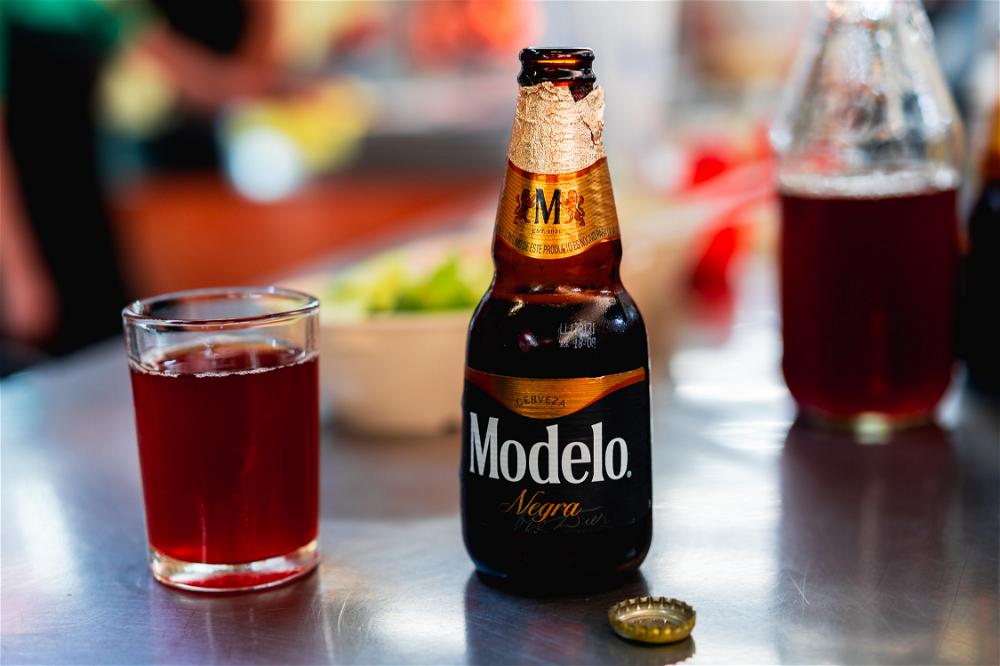Guide to La Orotava, Tenerife
Updated on December 6th, 2024
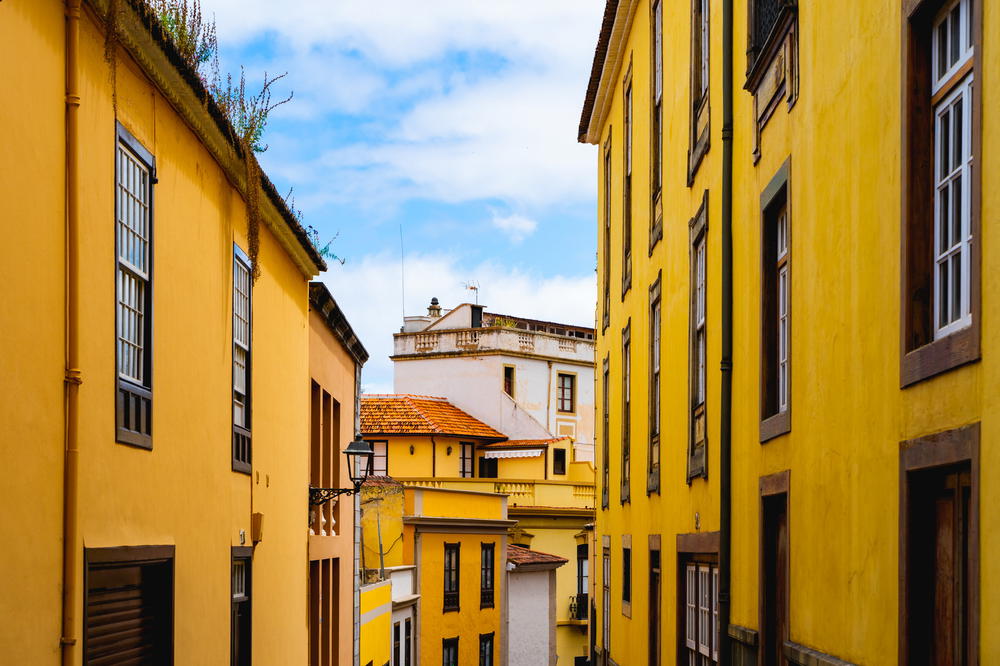
Of all the towns in Tenerife, La Orotava is one of the most wonderful on the island. Its manageable size, friendly locals, colorful buildings and view of the water all provided a wonderful set for spending ten days with this town as our base on the island.
This article may contain affiliate links. We earn a small commissions when you purchase via those links — and it's free for you. It's only us (Becca & Dan) working on this website, so we value your support! Read our privacy policy and learn more about us.
Of all the towns in Tenerife, La Orotava is one of the most wonderful on the island.
Its manageable size, friendly locals, colorful buildings and view of the water all provided a wonderful set for spending ten days with this town as our base on the island.
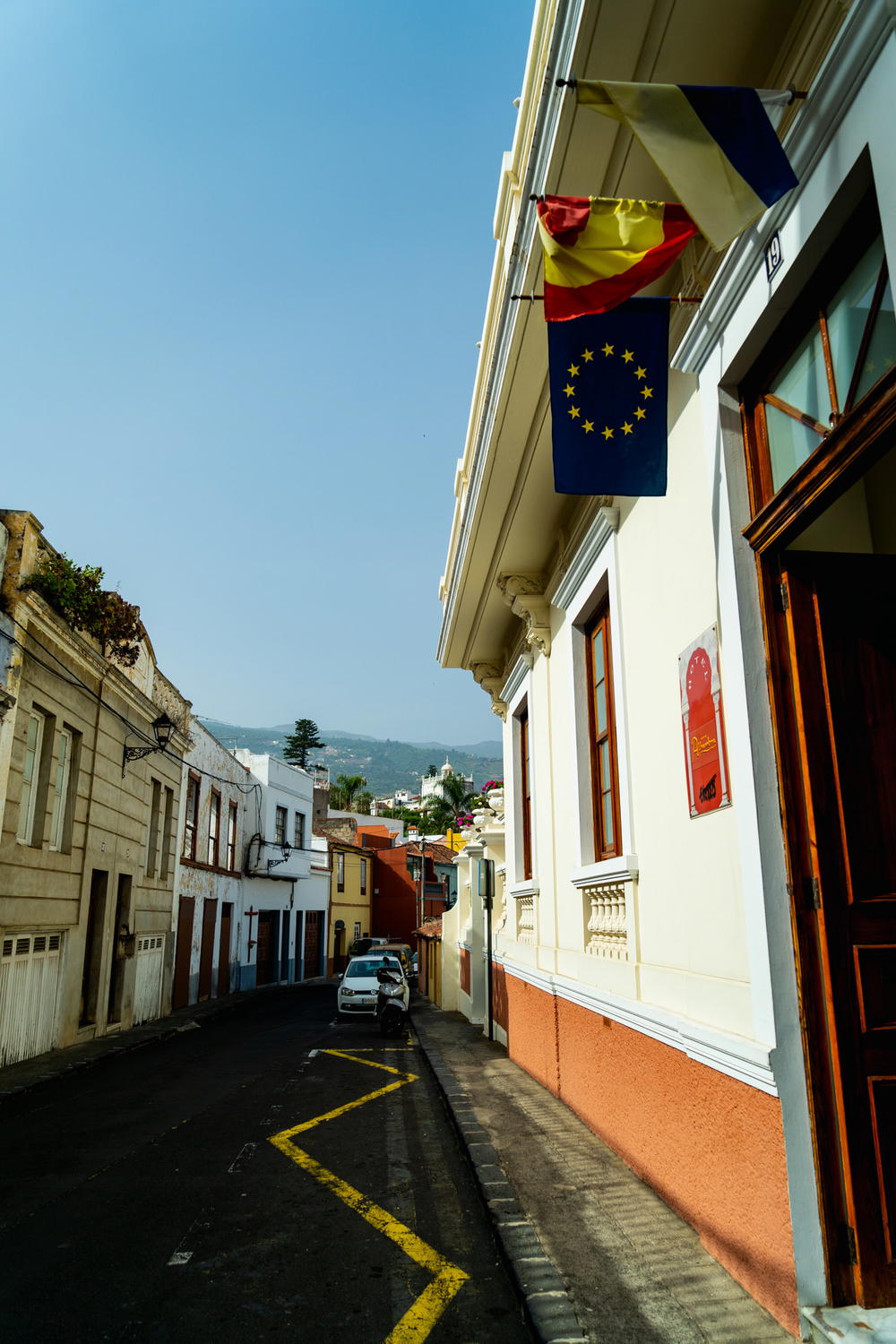
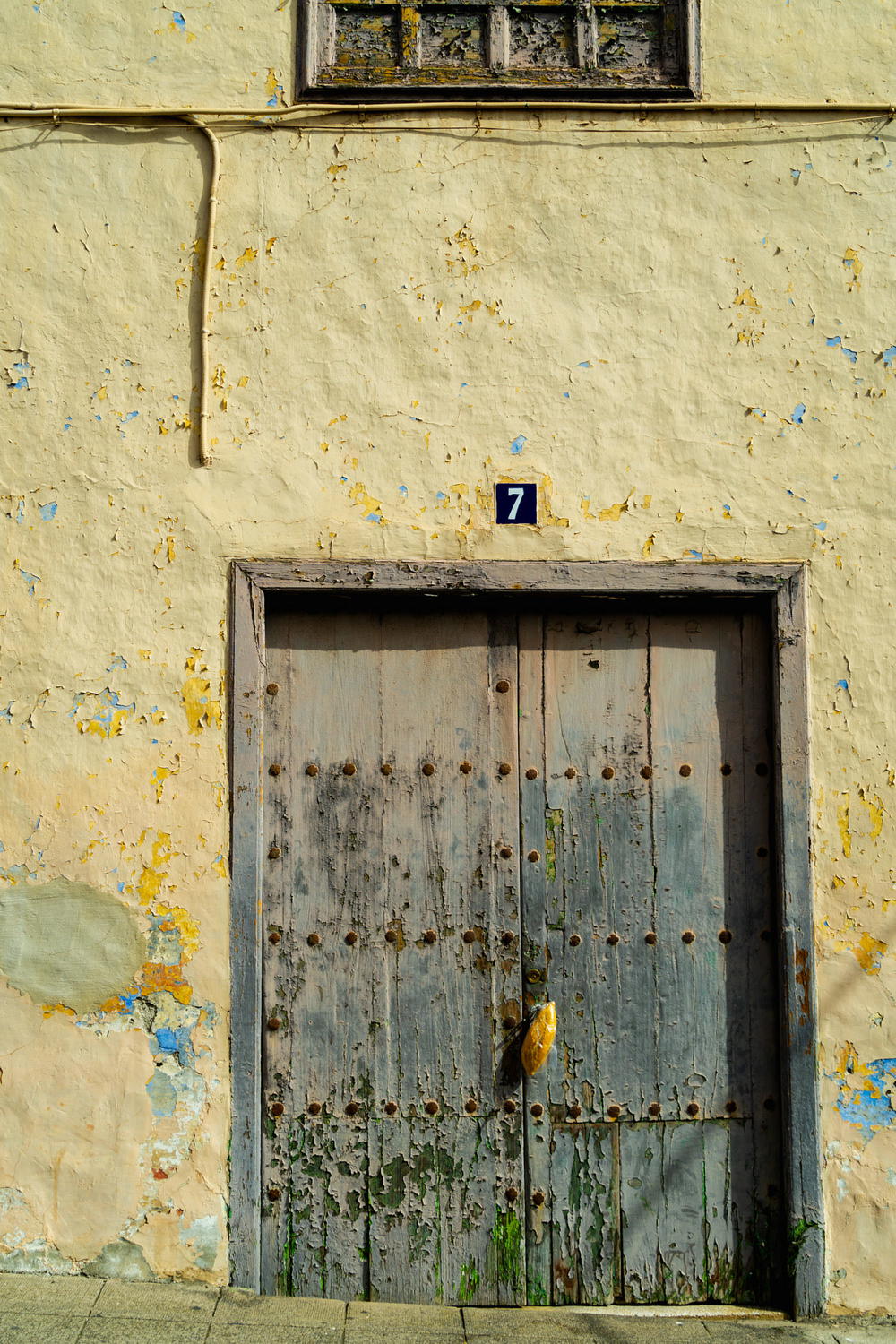
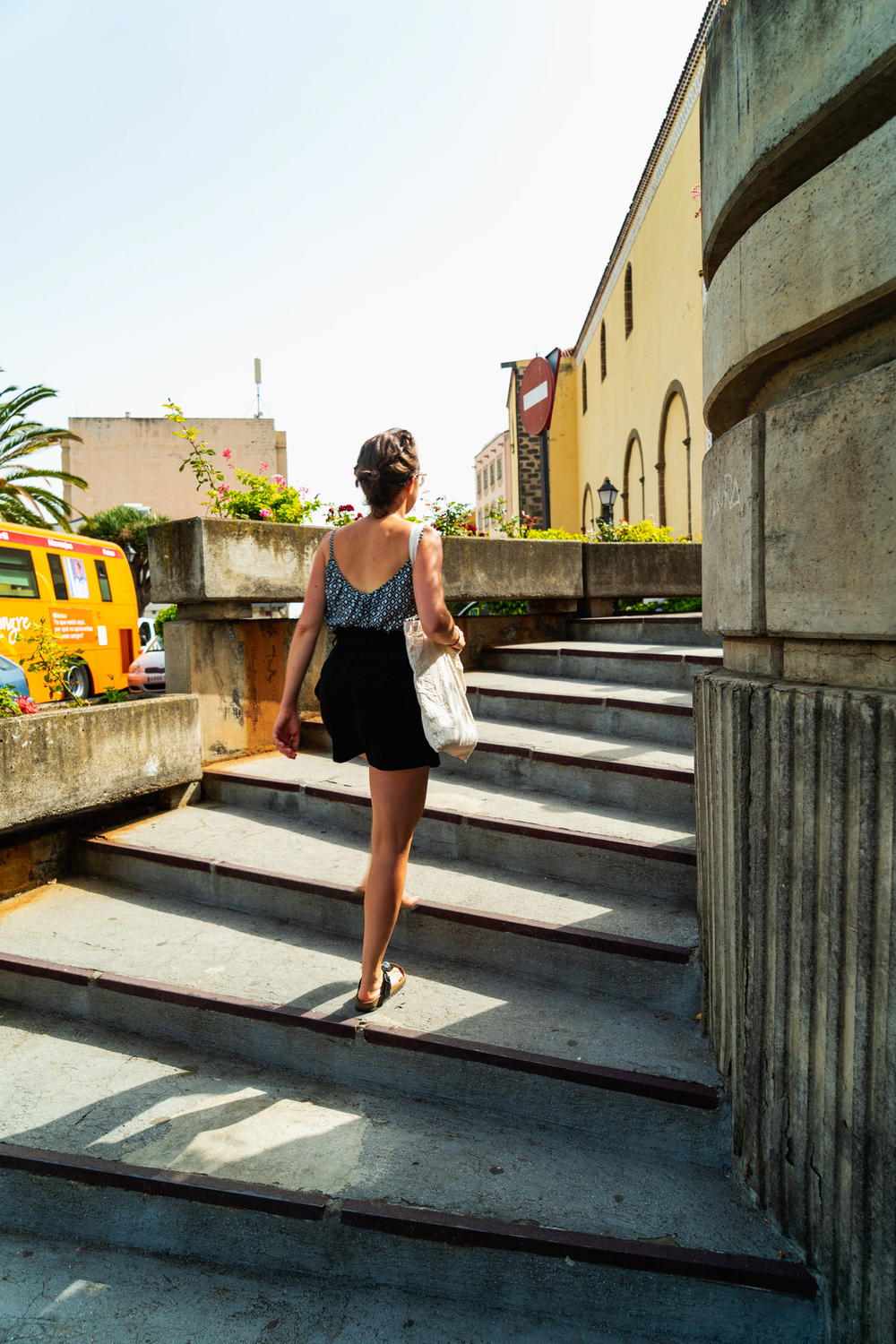
La Orotava is known as one of the most well-preserved colonial towns in Tenerife, along with La Laguna. Having visited both, the difference is that La Laguna is a more major city, while La Orotava retains its quiet and modest charm.
La Orotava is a day trip for many visitors to the island because it’s reachable by bus from Puerto de la Cruz (a much bigger town, nearby). We chose to spend ten days at Nine Coliving and learned all about what to see and do in La Orotava.
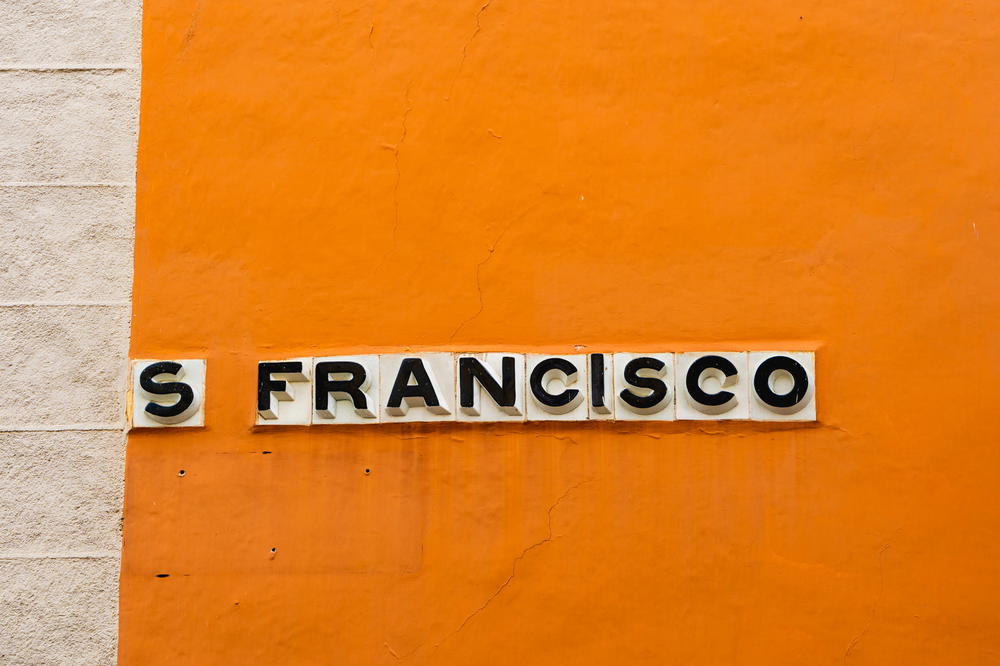
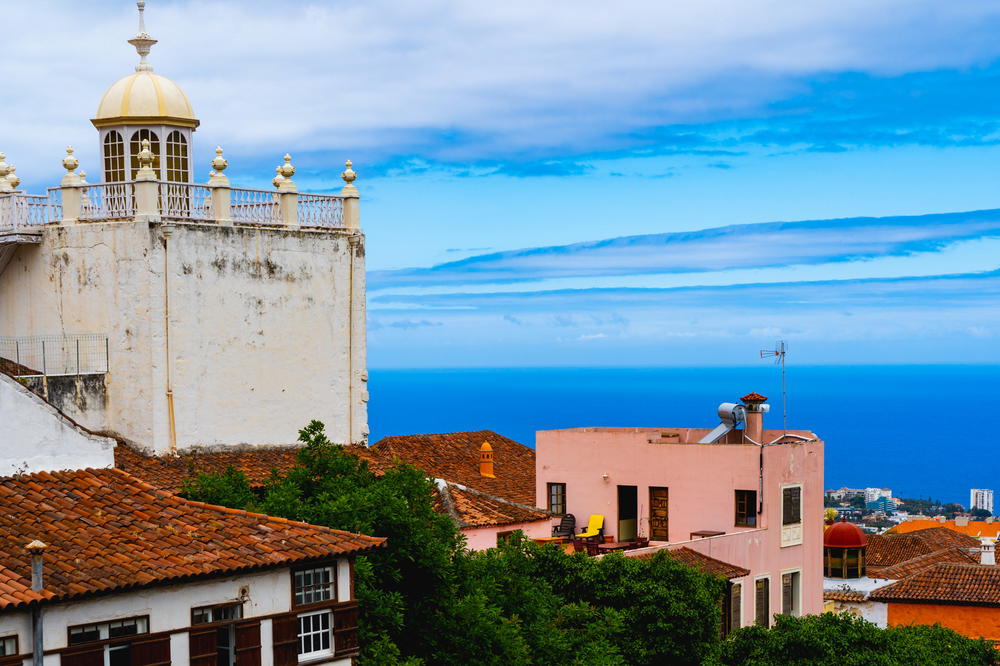

How to get to La Orotava
One of the first things we learned after landing in Tenerife is that Google Maps is (at the time of writing) not so helpful when it comes to bus transport.
Google Maps is not yet programmed with accurate bus routes, nor times, and so it’s best to look at schedules at stations and take photos of them for future reference. We also wound up speaking directly with bus information kiosks within the main bus terminals in various towns to ask about timing.
Tickets can be purchased on the buses themselves and there’s no need to pre-book.
To get to La Orotava from major cities or the Tenerife North Airport, you can always take a bus to Puerto de la Cruz, which is a larger city on the coast only 10 minutes by bus from La Orotava.
Once in Puerto de la Cruz, you can transfer to a bus bound for La Orotava, and they come every 15 minutes or so on several lines.
It helps to ask around, and speaking in Spanish will definitely be useful in these situations, as not all locals speak English well.
From Tenerife North Airport, we got the first bus we could find that would go to Puerto de la Cruz, and we got off on the main street there. We immediately waited for a bus for La Orotava and checked the schedules at the bus stop.


For getting around La Orotava, local taxis are easy and not expensive. You can hop a cab to Puerto de la Cruz for a night out.
Where to eat in La Orotava
- Tasca Villera
- Los Jardines
- Cafeteria El Dragon
- Restaurante Bodegon Tapias
- La Piazzetta
- Plaza del Quinto Centenario


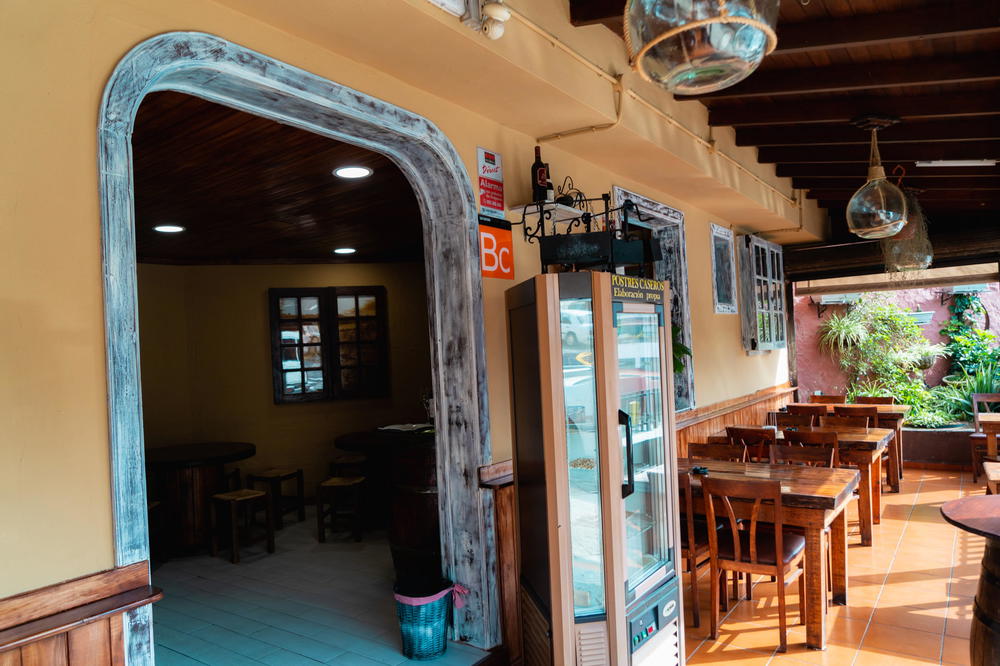
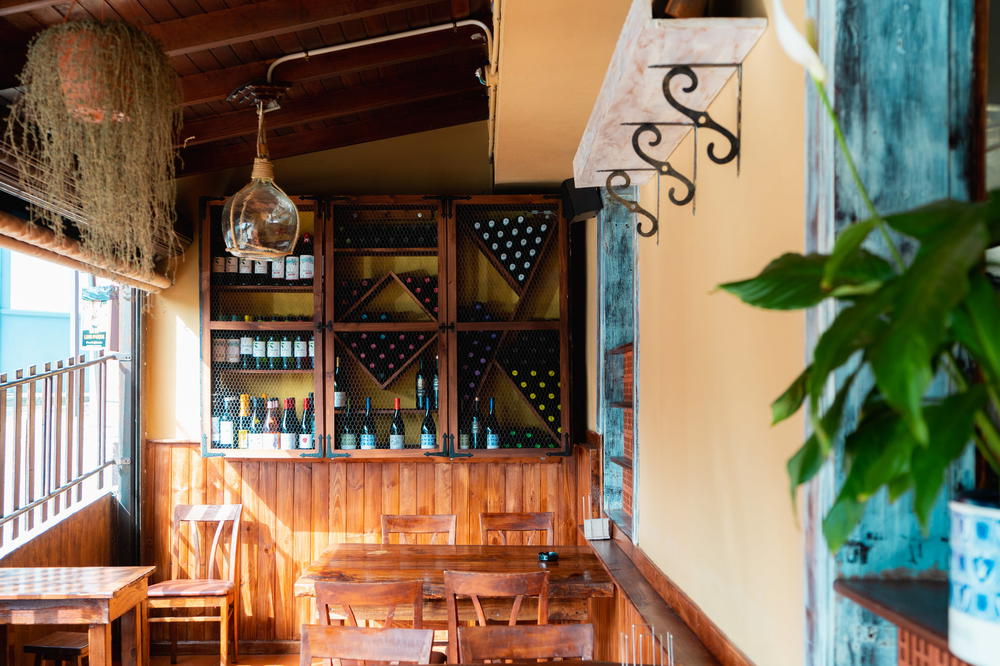
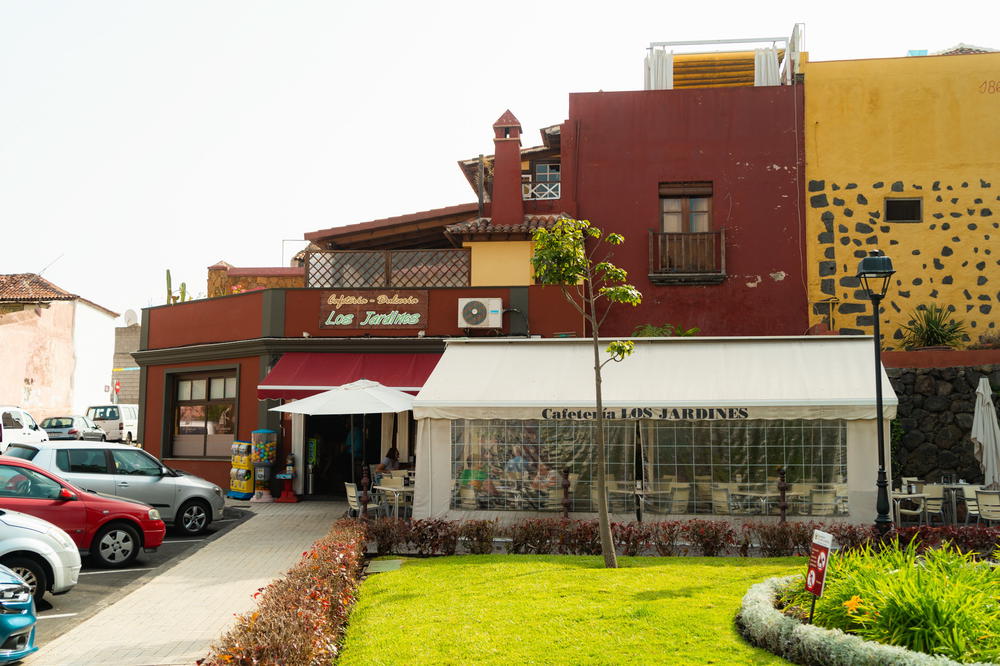
Sights to see in La Orotava
There are plenty of sights in La Orotava, ranging from the Museum of Iberian Art to historic houses, churches and plazas.
Most historic sights are numbered, and if you see a sign with a plaque outside and a number from 1-40, you can read a paragraph (in Spanish) about its history.
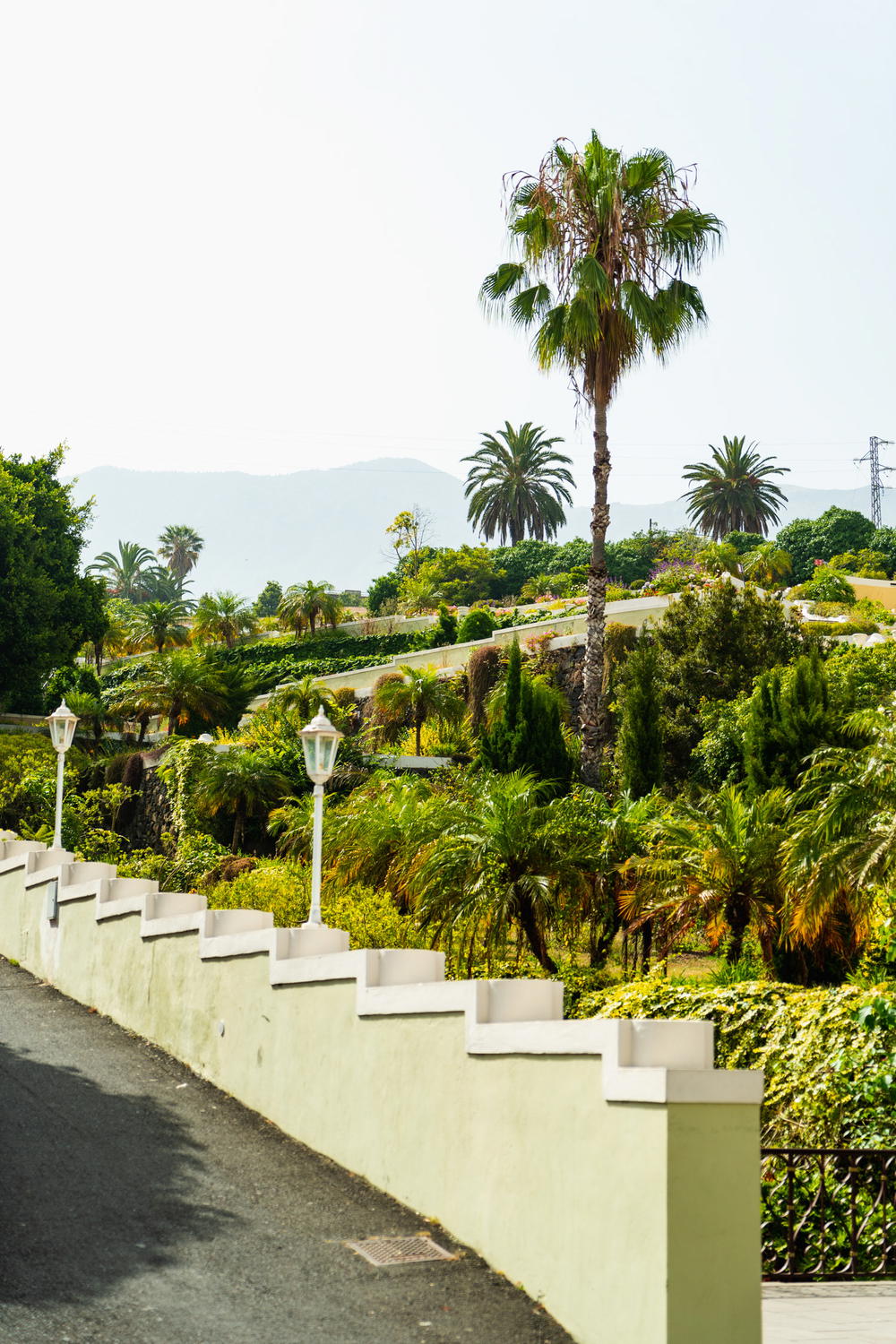
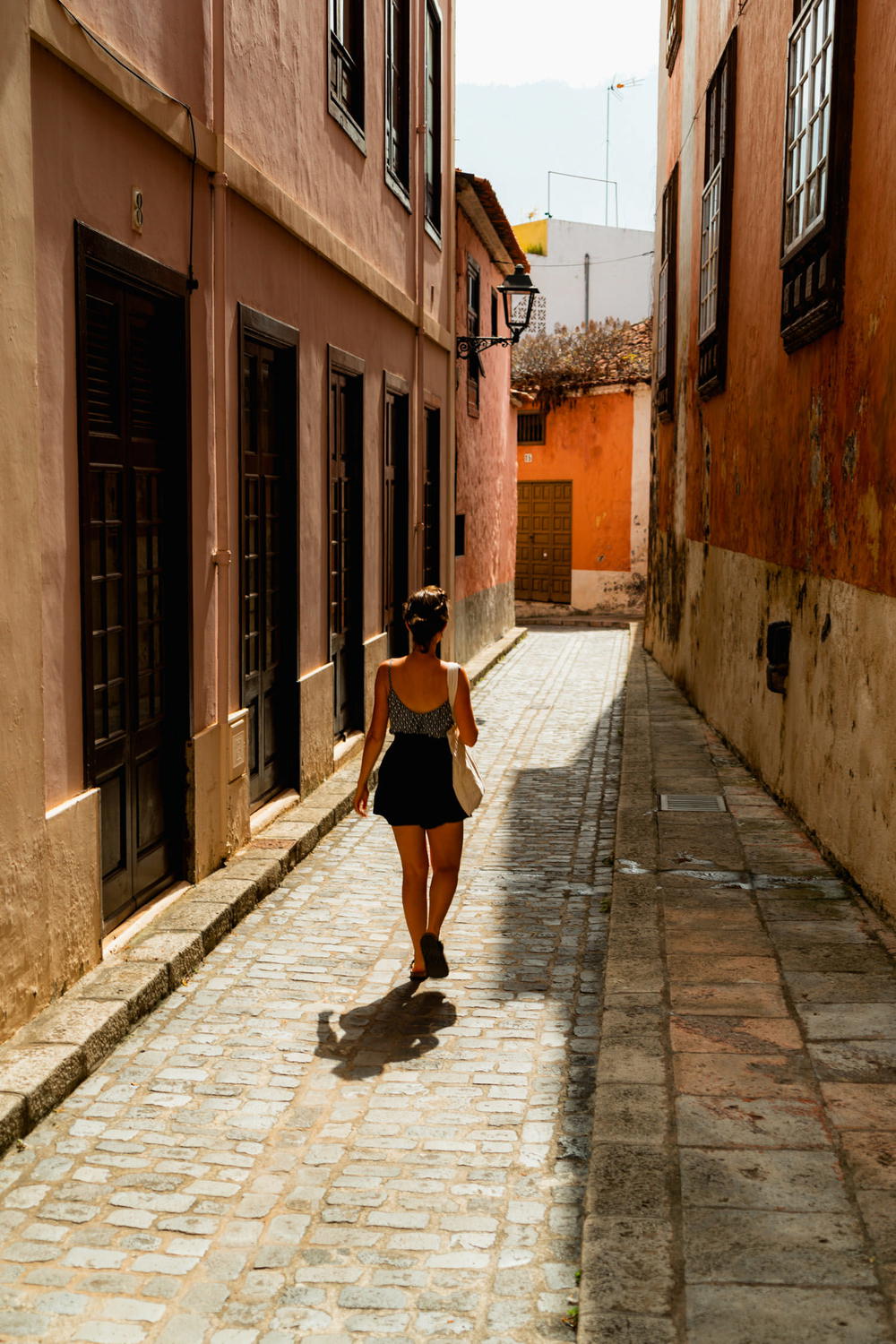
A few top sights include:
- Casa de los Balcones: The “House of the Balconies” is a historic Canarian mansion that exemplifies architecture native to Tenerife. The house has a free museum, mostly consisting of a gift shop, but also has art drawn with volcanic sand and some vintage photos of La Orotava and Tenerife’s volcanoes.
- El Ayuntamiento (Town Hall): We’re glad we bothered to walk into the Town Hall building because it’s one of the grandest buildings in the town, and from the top of the steps, you get a nice view of the tops of the churches.
- Plaza San Francisco: This smaller plaza has a nice array of flowers and is located next to a church, as the hills get steeper toward the top of town.
- Catedral de la Concepcion: This church is located a dab down the hill, closer to the pretty park with all the palm trees.
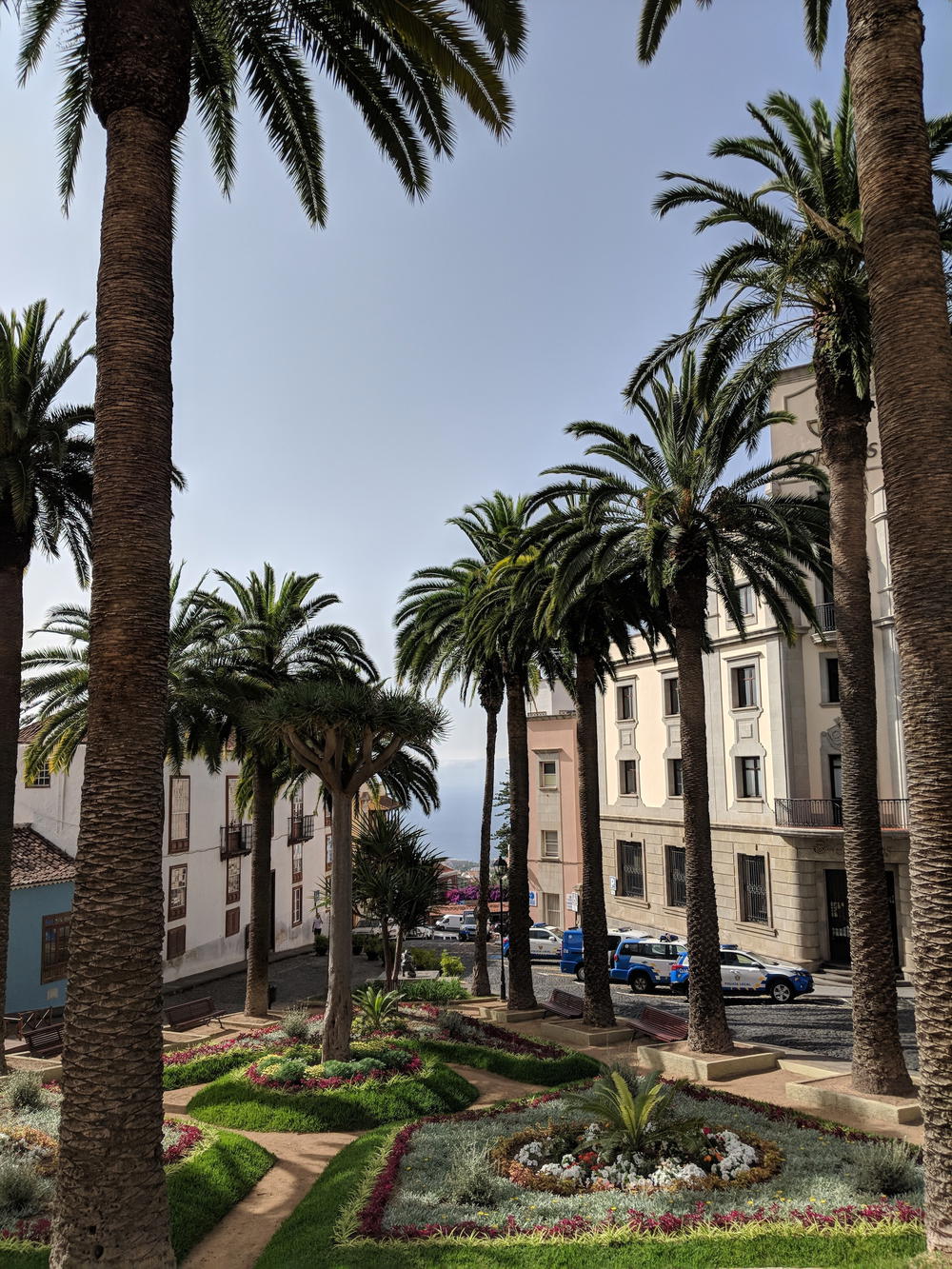
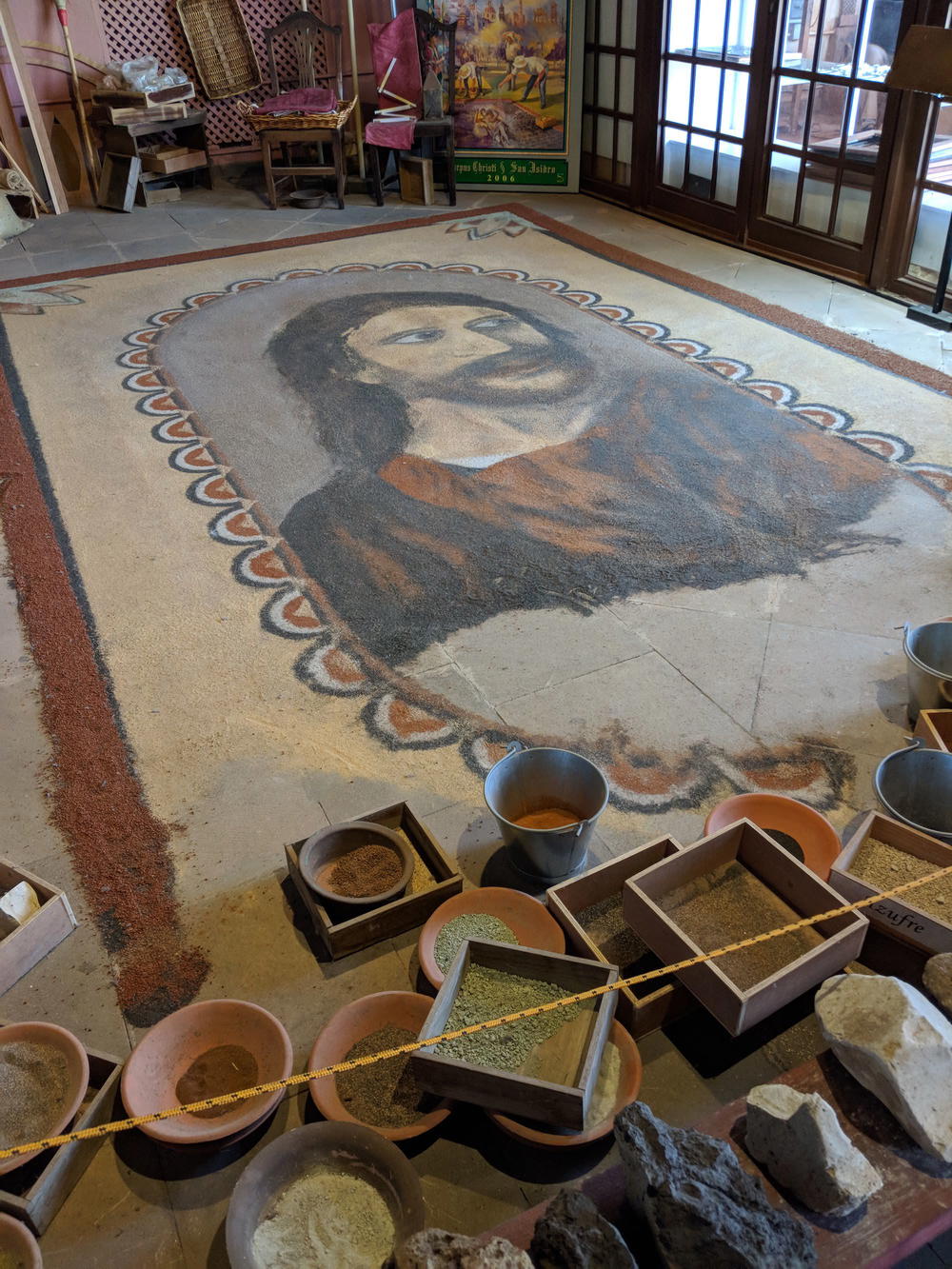
Where to get groceries in La Orotava
There is one answer for where to get groceries in La Orotava… Mercadona!
This supermarket impressively has it all, from meat, veggies, cheeses, fruit and bread to pharmacy products, household goods, a “Mexican” section (salsa, chips and tortillas) and an aisle of wine and beer.
How to leave town for other places in Tenerife
The bus terminal of La Orotava is located to the west of town and has platforms for bus routes that service the island.
You can get to Santa Cruz, Puerto de la Cruz (referred to usually as “Puerto”), La Laguna (some lines go express) and Parque Nacional El Teide. Buses to the major cities run often, sometimes several times per hour, but buses to El Teide only come once a day, so it pays to go the day before you plan to visit the national park and check timing.
The info booth opens around 9:30 am.
Where to take day trips near La Orotava
- Parque Nacional El Teide is a solid day trip for hiking in the volcanic badlands and desert. Read our guide here.
- San Cristobal de La Laguna is a larger colonial town that has a wonderful historic quarter with churches, outdoor cafes, museums and more.
- Los Gigantes on the south coast is a black volcanic sand beach with views of giant cliffs and a port. The town is popular for British and German tourists.
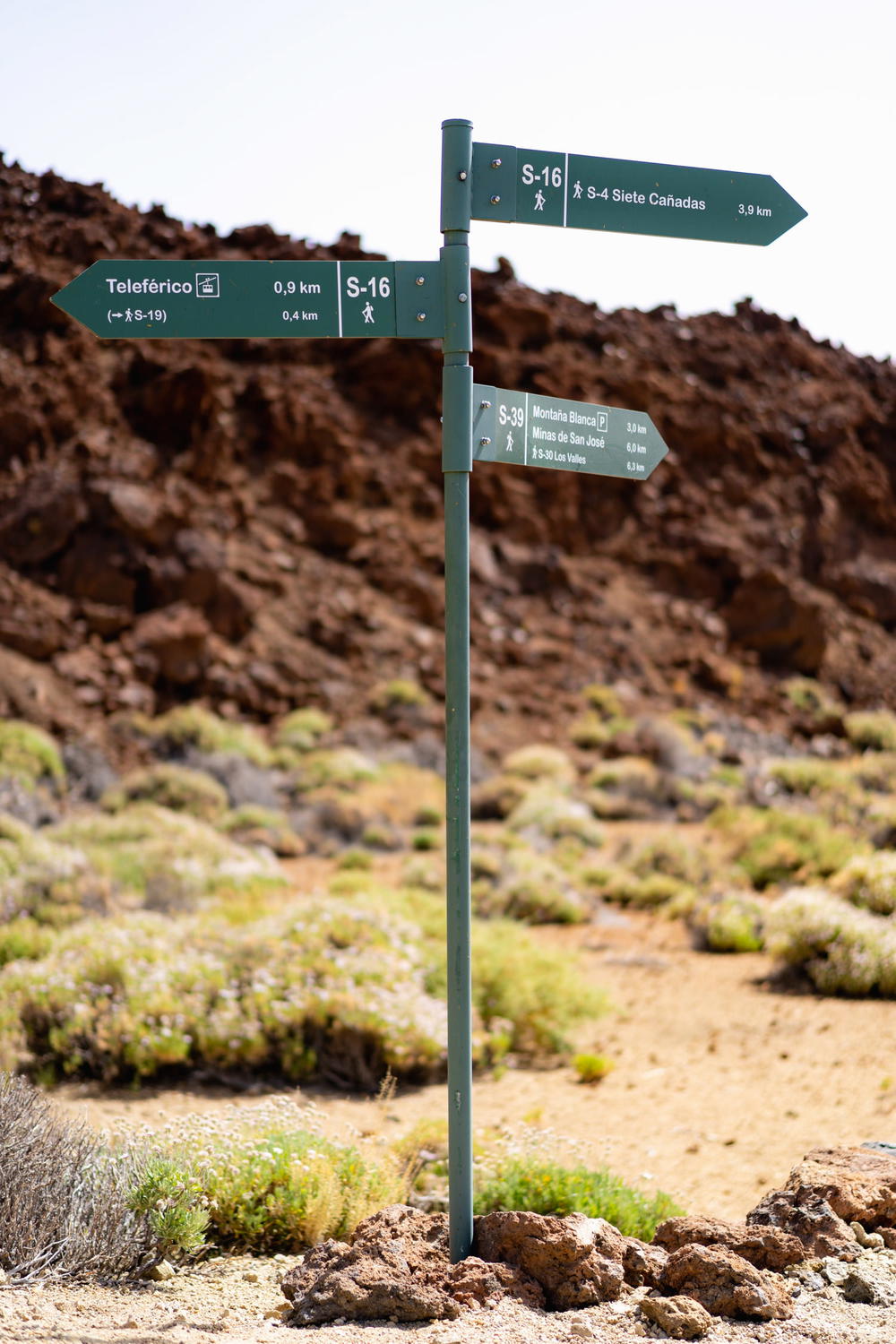
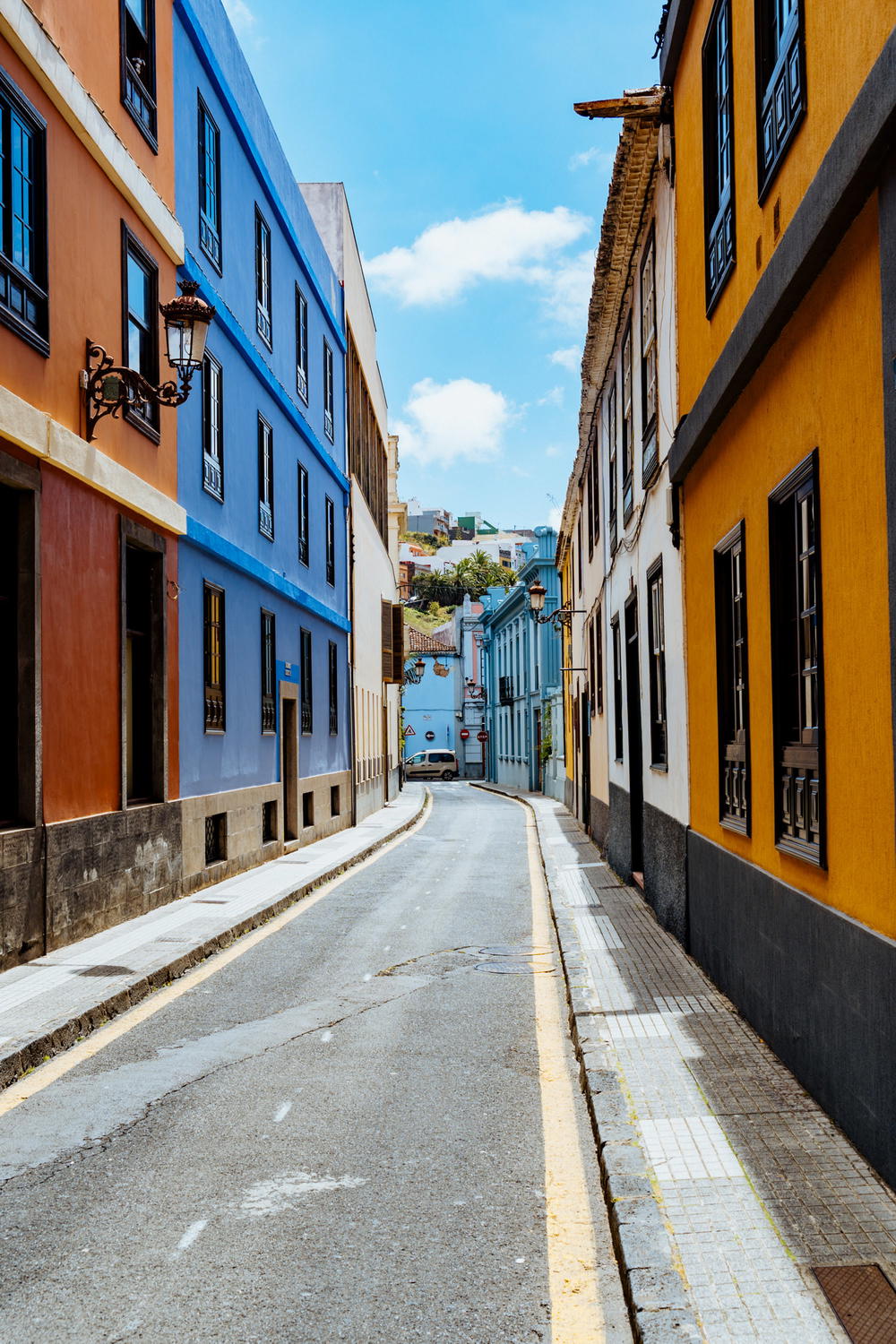
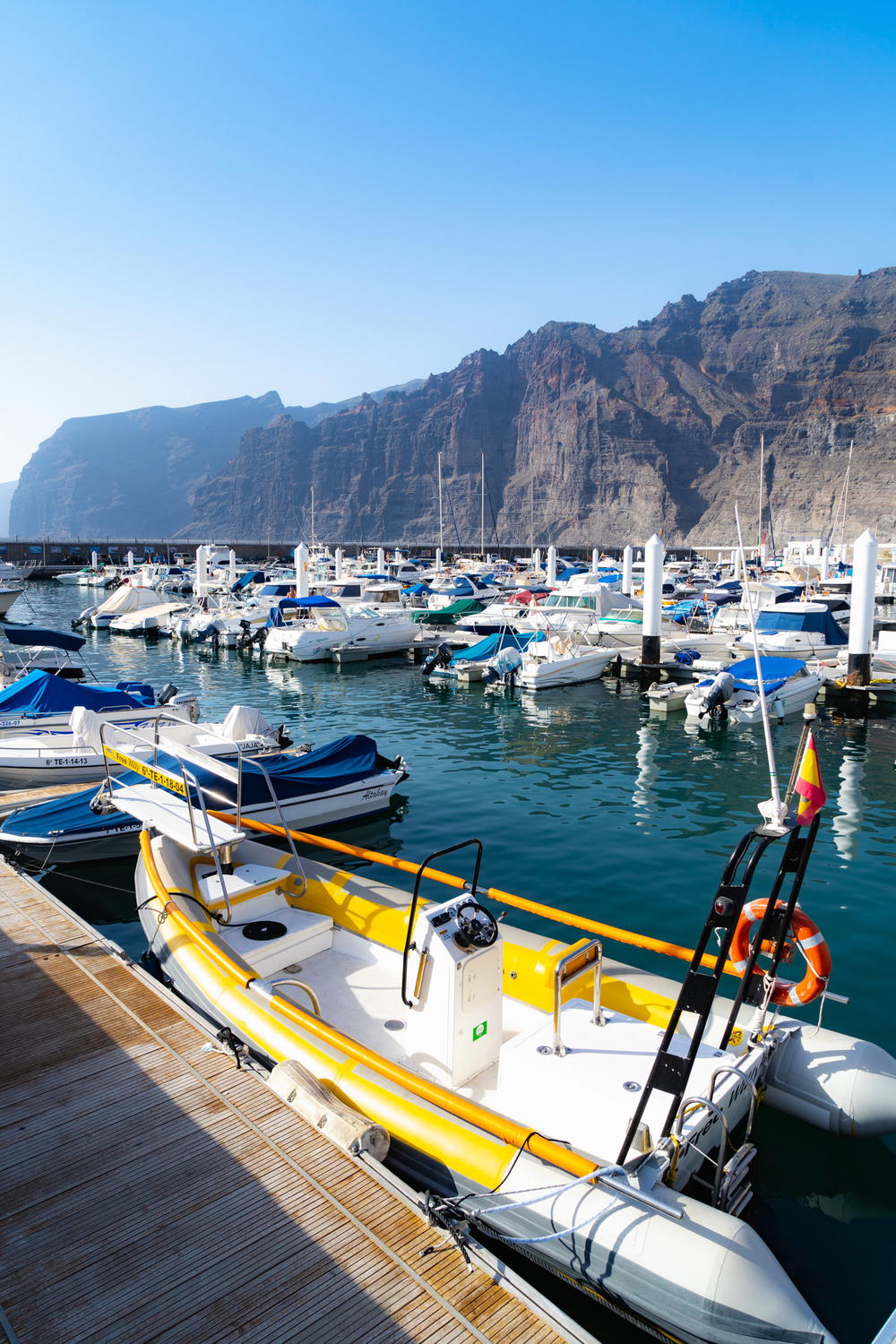
Remember that Tenerife’s villages are some of the best warm places to visit in winter, so start planning your trip in advance.
You may also like
-
![Dancing fisherman on boat in Inle Lake, Myanmar (Burma) at sunset]()
Things to Know Before Traveling to Myanmar (Burma)
What's it like to travel or go backpacking in Myanmar (Burma)? Here's what to know for how to prepare for a trip to Myanmar with our travel tips, itineraries and ideas for what to pack.
-
![Alegria cafe menu on a clipboard]()
16 Best Coffee Shops and Cafes in Antigua, Guatemala
With so much coffee in Antigua, Guatemala, here’s an Antigua cafe guide to find the most picturesque coffee shops, cafes for working remotely, and the best rooftop views.
-
![A bird flying in the sky.]()
We had some ideas of what we wanted to see in Latvia, but we were not sure how. We were lucky to have the chance to see some off-the-beaten path spots near the Jūrmala resort town on the Latvian coast, with a guided tour!
-
![Exterior facade of the Lisboans apartment hotel in Lisbon Portugal]()
The Lisboans Apartment Hotel Review: Lisbon's Best Accommodation
This apartment-style hotel with an amazing location in Lisbon between Baixa and the Alfama is one of the best new hotels in the Portuguese capital. See what we thought, in this hotel review.
-
![A bottle of Modelo beer from Mexico City sits on a table next to a glass.]()
The 21 Best Bars in Mexico City
The best bars in Mexico City include hipster bars, fancy bars, craft beer bars, rooftop bars and old school cantinas. Find out what’s on our Mexico City best bars to visit list.
-
![]()
Kingston Travel Guide: the Hudson Valley Town Worth Visiting
Is it worth visiting Kingston on an upstate Hudson Valley or Catskills trip? See my Kingston travel guide, with the best things to do, recommended by a local.

